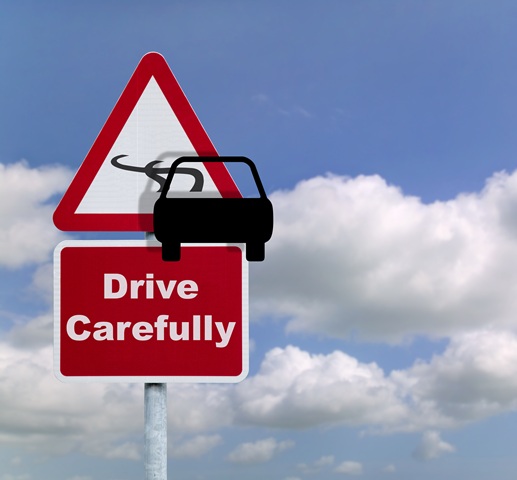
UNECE’s World Forum for Harmonization of Vehicle Regulation (WP.29) adopted today 3 new regulations that will significantly increase passenger safety.
The regulations, adopted during WP 29’s 158th session held in Geneva from 13-16 November 2012, will enter into force in mid-2013 (i.e. 6 months after adoption). They apply to:
- Lane Departure Warning System (LDWS)
- Child Restraint Systems (CRS)
- Advanced Emergency Braking System (AEBS)
Lane Departure Warning System (LDWS)
This system is devised to warn drivers, through an optical, acoustic or haptic warning, of an unintentional drift of their vehicle out of the travel lane. It thus aims at minimizing accidents by addressing three main causes of collisions: driver errors, distractions and drowsiness.
The Regulation will apply to all new coaches and trucks.
Child Restraint Systems (CRS)
The main aim of the new child restraint system is to create a well-anchored seat like that of an adult, safeguarding children to the maximum degree possible in the event of a collision or of abrupt deceleration of the vehicle, by limiting the mobility of the child’s body.
The new Regulation on CRS foresees four new sets of provisions;
- The introduction of a simplified classification, called “ i -Size" which is based on the stature rather than the weight of the child, which was found to be more appropriate to ensure the best protection.
- The introduction of a side impact test procedure which will lead to a better protection of the child’s head especially for younger children. Until today, there was no dynamic test requirement for lateral impacts.
- The mandatory rear-facing position of children is extended to 15 months, instead of 9 months in the current Regulation.
- The introduction of a "support leg” which connects the child seat with the vehicle in order to create a tight and secure position of the seat during any driving condition.
Advanced Emergency Braking System (AEBS)
The system, fitted to trucks and coaches, employ sensors to monitor the proximity of the vehicle in front and detect situations where the relative speed and distance between the two vehicles suggests a collision will take place. The system provides the driver with a warning and activates the vehicle braking system to decelerate the vehicle with the purpose of avoiding or mitigating the severity of a collision in the event that the driver does not respond to the warning.
The EU has already announced that AEBS systems will become mandatory for new coaches and heavy transport vehicles from 2013. It also announced that it will use the UNECE Regulation as the basis for the approval of such systems.
According to an impact assessment made by the European Commission, the mandatory implementation of these three systems could save some 5,000 lives and avoid 35,000 serious injuries every year across the EU27. There were 30,900 road fatalities and 1, 48 million injuries in the EU in 2010.
Note to editors
Every year approximately 1.3 million people die on world roads and around 50 million more are injured. There are around 1 billion cars in the world today.
UNECE road safety figures in Europe and North America: http://www.unece.org/trans/main/wp6/publications/stats_accidents2011.html
EU Road safety figures: http://ec.europa.eu/transport/road_safety/specialist/statistics/index_en.htm
Lane Departure Warning System (LDWS)
Text of the Regulation: http://www.unece.org/DAM/trans/doc/2011/wp29/ECE-TRANS-WP29-2011-78e.pdf
CRS
Under UN Regulation No. 44 on Child Restraint Systems, technical testing provisions exist to ensure the high safety performance of components used for child restraints. These provisions regulate factors such as flammability, the tensile strength of materials, straps, fixing points and markings and most importantly provide specifications for the positioning of the child’s body in the car seat. This is essential for preventing the child’s head from coming into contact with the car’s interior during a crash.
Text of the Regulation: http://www.unece.org/DAM/trans/doc/2012/wp29/ECE-TRANS-WP29-2012-53e.pdf
AEBS
The system shall provide as a minimum an acoustic or haptic warning, which may also be a sharp deceleration, so that an inattentive driver is made aware of a critical situation. During any action taken by the system (the warning and emergency braking phases), the driver can, at any time through a conscious action, e.g. by a steering action or an accelerator kick-down, take control and override the system.
Watch video on AEBS:
http://www.youtube.com/watch?v=sB1Xh9if4H4&list=PL759810C3F5C7BF3A&index=4&feature=plpp_video
Text of the Regulation: http://www.unece.org/DAM/trans/doc/2011/wp29/ECE-TRANS-WP29-2011-92e.pdf
and http://www.unece.org/DAM/trans/doc/2011/wp29/ECE-TRANS-WP29-2011-92am1e.pdf

